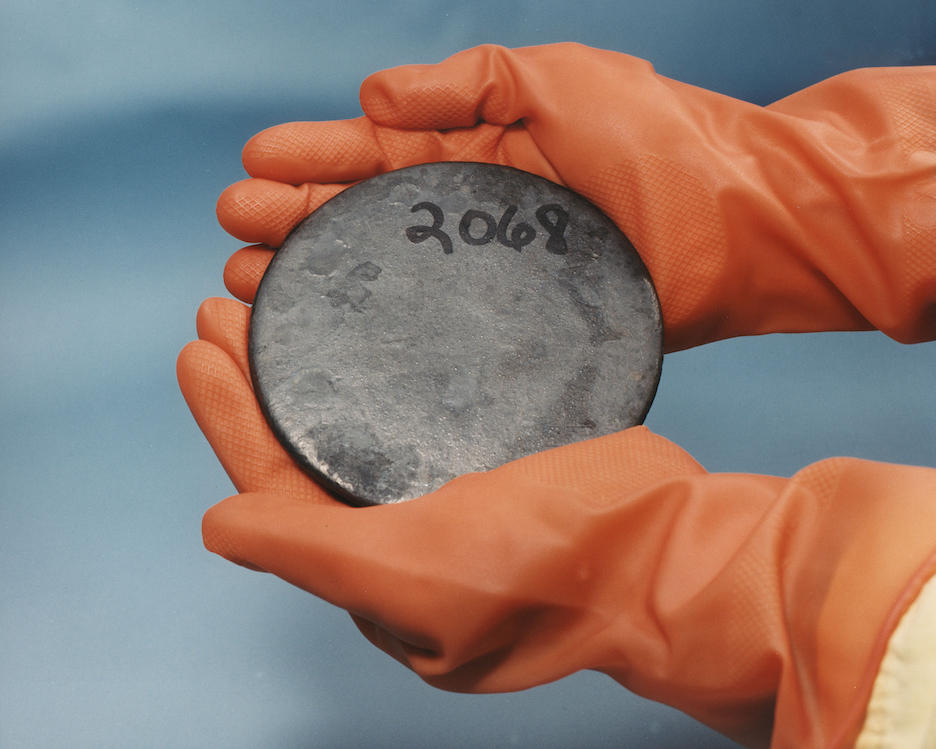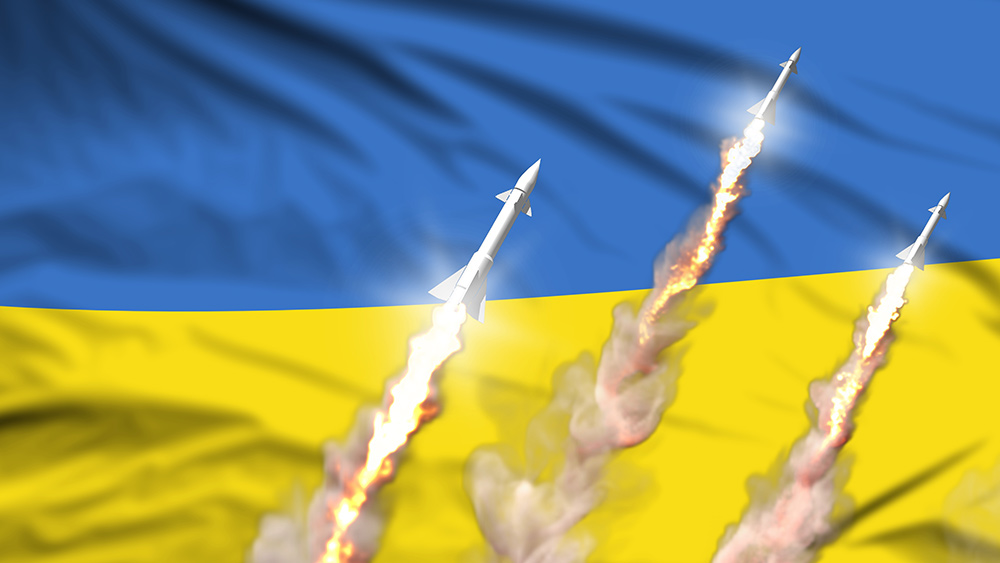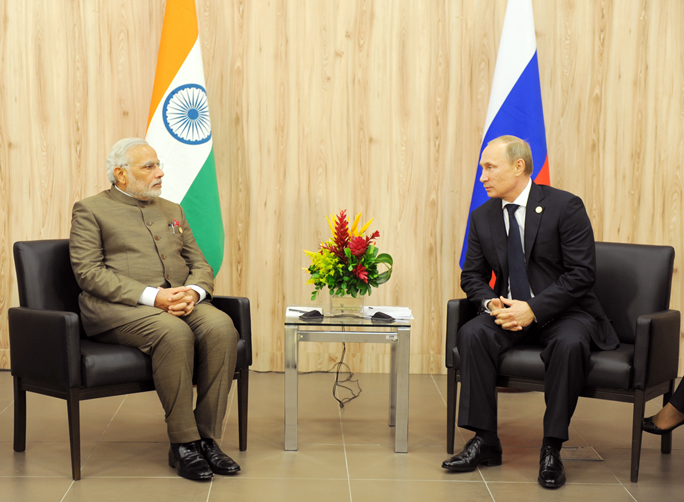 Parler
Parler Gab
Gab
- The IAEA has lost track of enough Iranian uranium for ten nuclear bombs.
- Iran has blocked all inspections for five months following military strikes.
- The diplomatic framework of the 2015 nuclear deal has been formally ended.
- Iran provides limited access to some sites as a distraction from key facilities.
- This intelligence gap creates a clear and present danger of nuclear proliferation.
A stockpile of grave concern
The scale of the unaccounted material is what makes this situation so perilous. In a recent interview, IAEA Director-General Rafael Grossi confirmed this stockpile is enough for up to ten nuclear bombs if Tehran decided to weaponize its program. This uranium is enriched to 60% purity, a mere technical step away from the 90% considered weapons-grade. While Iran has long insisted its nuclear ambitions are purely peaceful, the existence of such a large stockpile of highly enriched material, now completely unmonitored, represents a clear and present danger. The roots of this standoff lie in the 12-day war in June. Following the U.S.-Israeli strikes on sites like Natanz and Fordow, Iran suspended its cooperation with the IAEA. The regime accused the agency of failing to condemn the attacks and passing sensitive information to Israel. In a significant retaliation, Tehran removed monitoring equipment and has since denied inspectors access to the bombed sites, claiming the IAEA's demands for access were "malicious."A fractured framework for peace
The diplomatic landscape that once constrained Iran’s program has now shattered. In a pivotal move late last month, Iran, Russia, and China officially declared an end to the IAEA mandate that enforced the 2015 nuclear deal, known as the Joint Comprehensive Plan of Action (JCPOA). The U.S. had already abandoned the deal in 2018 under the Trump administration, but this recent action by the three nations formally buries the agreement, removing the last vestiges of its international legal framework. In response, European powers reimposed crushing United Nations sanctions via the agreement’s "snapback" mechanism. These sanctions freeze Iranian assets abroad and target its ballistic missile program, further isolating the nation. This punitive move, in turn, caused Iran to halt the implementation of a September agreement made in Cairo to resume some inspections, creating a vicious cycle of escalation and retaliation. Iranian officials offer a facade of cooperation while maintaining their obstructive stance. Foreign Ministry spokesman Esmail Baghaei recently stated, "As long as we are a member of the NPT (Treaty on the Non-Proliferation of Nuclear Weapons), we will abide by our commitments." He pointed to inspections at undamaged facilities like the Tehran Research Reactor as proof. However, this limited access is a calculated distraction from the agency’s primary concern: the bomb-damaged sites where the core of the enrichment program and the missing stockpiles are located. This crisis reveals a terrifying truth about modern geopolitics: paper agreements and international institutions are powerless against a determined regime that operates in the shadows. For five months, a theocratic state openly hostile to the West has possessed the literal building blocks of a nuclear arsenal with zero outside oversight. Sources for this article include: TheCradle.co APNews.com AlJazeera.comUkraine’s air defense interception rates fall to lowest levels of 2025
By Cassie B. // Share
Final stop of Turning Point USA campus tour at UC Berkeley marked by VIOLENCE
By Ramon Tomey // Share
Tanzania election violence: UN reports hundreds killed amid allegations of evidence concealment
By Belle Carter // Share
India’s oil dilemma: Sanctions force shift away from Russian crude
By Belle Carter // Share
Potassium metabisulfite: The hidden preservative in processed foods
By Laura Harris // Share
An ominous warning from the epicenter of AI
By Willow Tohi // Share
FDA appoints longtime oncology chief to head its Center for Drug Evaluation and Research
By ramontomeydw // Share
Supply chain warfare: China blocks rare earth exports to American military suppliers
By kevinhughes // Share
Saffron: A safe and effective treatment for postpartum depression
By newseditors // Share
A wolf in health freedom clothing: How a deceptive hoax targeted a movement
By willowt // Share
An ominous warning from the epicenter of AI
By willowt // Share
A farm's final stand: The day the ostriches fell
By willowt // Share










